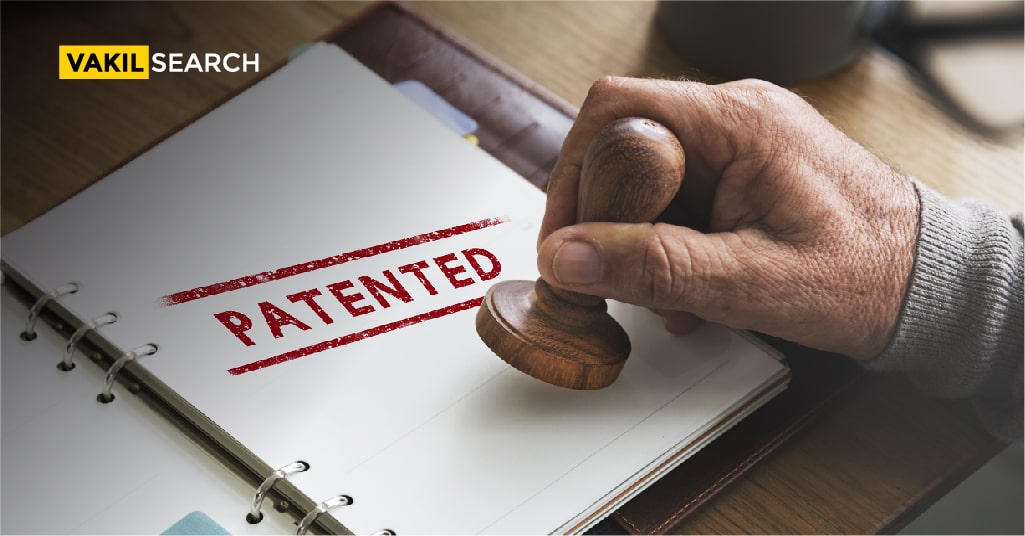Learn about patent infringement lawsuits in India: types, defences, and consequences. Protect your intellectual property rights with this comprehensive guide.
Intellectual Property (IP) rights have gained considerable import in the contemporary age of technological advancement and innovation. Among these rights lie patents, a category of IP rights that endow the patent holder with exclusive rights to exploit their invention. Nevertheless, patent infringement – the unauthorised use, making, or selling of an invention by someone other than the patent holder – is an offence. Patent infringement lawsuits can be intricate, drawn-out, and costly, thus necessitating a fundamental understanding of the subject matter. This article aims to elucidate all aspects of patent infringement lawsuits in India.
Patent Infringement and Litigation
The unauthorised use of a person’s patented invention is referred to as patent infringement. The owner of the patent files a lawsuit to enforce their exclusive rights against the alleged infringer. The court must decide whether the alleged infringement violated the patent holder’s exclusive rights as part of the legal action.
The process of resolving a dispute through the legal system is known as litigation. In a case involving alleged patent infringement, the patent holder is the one who files the complaint. It is the responsibility of the patent holder to show that the alleged infringement is fabricating, using, or disseminating their patented invention without authorisation and so violating their rights to exclusivity. If the court finds the accused infringer guilty, they may order them to stop infringing, pay damages, or both.
Patent Infringement Litigation: The Basics
Patent infringement litigation is a complex legal process that involves multiple stages. The following are the basic steps involved in patent infringement litigation:
- Pre-filing Investigation: Before filing a patent infringement lawsuit, the patent holder must investigate the alleged infringement. This includes identifying the accused infringer, gathering evidence of infringement, and evaluating the strength of their case
- Filing the Lawsuit: The patent holder files a complaint against the accused infringer in a court of law. The complaint should include details of the patent, the alleged infringement, and the relief sought by the patent holder
- Answering the Complaint: The accused infringer responds to the complaint by filing an answer, admitting or denying the allegations made by the patent holder
- Discovery: The parties exchange evidence and information related to the case. This includes documents, interrogatories, depositions, and expert witness reports
- Markman Hearing: The court interprets the meaning of disputed patent claim terms, which can significantly impact the outcome of the case
- Summary Judgment: The court may grant summary judgment if there is no dispute over material facts and one party is entitled to judgment as a matter of law
- Trial: If the case proceeds, the parties present evidence and arguments before a judge or jury
- Appeal: If either party is dissatisfied with the trial court’s decision, they can appeal to a higher court.
Defences of a Patent Infringement Lawsuit
If you are accused of patent infringement, you may have several defences available to you. Some of the common defences to a patent infringement lawsuit are:
- Non-Infringement: The accused infringer argues that they are not infringing on the patent.
- Invalidity: The accused infringer argues that the patent is invalid because it fails to meet the statutory requirements for patentability or because it was obtained through fraud.
- Prior Use: The accused infringer argues that they were using the invention before the patent was filed or granted, and therefore, they have a right to continue using it.
- License: The accused infringer argues that they have a license or permission from the patent holder to use the invention.
Different Types of Patent Infringement
There are five main types of patent infringement:
- Direct infringement: This occurs when someone makes, uses, sells, offers for sale, or imports a patented invention without permission from the patent owner.
- Indirect infringement: This includes contributory infringement and inducement infringement. Contributory infringement occurs when someone provides a component or material specially designed for use in an infringing product. Inducement infringement occurs when someone actively encourages or induces another person to infringe on a patent.
- Literal infringement occurs when someone uses an invention that is identical or substantially similar to a patented invention without permission from the patent owner. This is the most straightforward type of infringement and is relatively easy to prove in court.
- Doctrine of equivalent infringement occurs when someone uses an invention that performs substantially the same function in the same way as a patented invention, even if it is not identical to the patented invention. The doctrine of equivalents is a legal principle that allows for a broader interpretation of a patent claim beyond the literal language.
- Wilful infringement occurs when someone infringes on a patent knowing that the invention is patented and without a reasonable belief that the invention is not patented. This type of infringement can result in increased damages for the patent owner.
Utility Patent Infringement
A patent of utility safeguards the operational characteristics of an invention. Within the country of India, a patent of utility is authorised for a fresh and beneficial procedure, machine, merchandise of manufacture, compound of substance, or any new and helpful enhancement.
To confirm the violation of a patent of utility, the bearer of the patent must present evidence that the indicted infringer is engaged in utilising, producing, or distributing a commodity or procedure that falls under the domain of the entitlements of their patent of utility.
Design Patent Infringement
A design patent protects the ornamental aspects of an invention. In India, a design patent is granted for a new or original design for an article of manufacture. To prove design patent infringement, the patent holder must show that the accused infringer’s design is substantially similar to their patented design.
Willful Infringement
Infringement that is done knowingly or should have been known by the accused infringer is called willful infringement. If the patent holder wins the case, the damages awarded can increase due to willful infringement.
To demonstrate willful infringement, the patent holder needs to establish that the accused infringer was aware of the patent or that their infringement was highly careless.
Conclusion
Patent infringement lawsuits are complex legal processes that require a thorough understanding of the law and the facts of the case. If you are a patent holder or accused infringer, it is essential to consult with an experienced patent attorney who can advise you on your legal rights and options.
It is also important to remember that patent infringement can have significant consequences, including financial damages and injunctive relief, so it is important to take these matters seriously and act accordingly. By understanding the basics of patent infringement litigation and the defences available to accused infringers, you can better protect your intellectual property rights in India.
Vakilsearch is a legal services provider that can assist with patent infringement lawsuits in India. We offer various legal services, including patent registration, patent infringement analysis, and litigation support. Vakilsearch can provide the legal guidance and support to protect your intellectual property rights in India.
Also Read,









